The Making of Modern Britain Collection explores the development of modern Britain through the coins of five monarchs. Here, we take a closer look at the reigns of Queen Victoria, Edward VII, George V, George VI and Elizabeth II, examining significant historical events that occurred from the Victorian era through to today.
Historic coins struck by The Royal Mint throughout the centuries offer a look into the past. Our latest historic coin collection gives you the chance to own pieces of history, whilst examining how the United Kingdom changed during each of these monarch’s reigns.
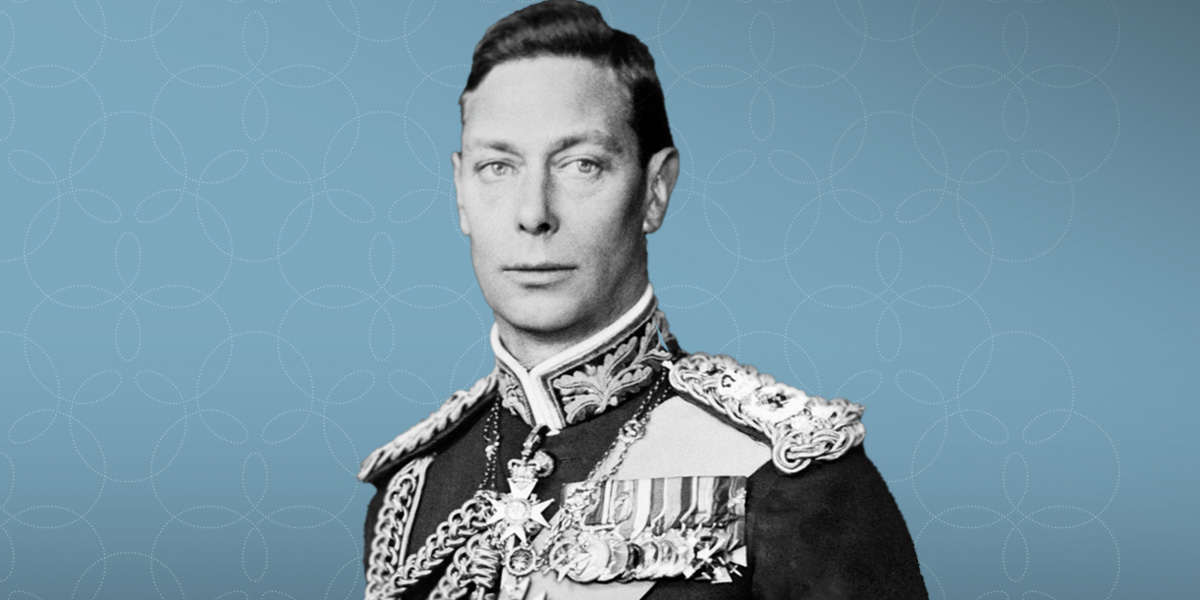
George VI (r.1936–52)
Born Prince Albert Frederick Arthur George in 1895, George VI – in similar fashion to his father George V – was never meant to be king. However, he acceded to the throne in 1936 when his brother Edward VIII abdicated to marry the divorcee Wallis Simpson.
Rather than becoming Albert I, George VI chose to rule under the same regnal name as his father to emphasise continuity, bringing a period of stability to the throne and restoring confidence in the British monarchy following the abdication crisis.
The king’s reign was marked by the Second World War and the Royal Family served as a symbol of hope and national unity. During the Blitz, George VI and his wife Queen Elizabeth visited areas that had been bombed, taking great interest in what the people were doing and attempting to raise public morale.
George VI also reigned during the aftermath of the conflict, overseeing the post-war recovery and the onset of the Cold War. Many British colonies gained independence and the transition from the British Empire to the Commonwealth of Nations also took place during the king’s reign.
The Coinage of George VI’s Reign
One of the most interesting aspects to the coinage of George VI is that some of the reverse designs were intended for the coinage of his elder brother Edward VIII. However, as Edward VIII abdicated before coin production could take place, the designs were instead used for George VI’s coins.
Many consider the design created for the wren farthing one of their favourite designs. Designed by Harold Wilson Parker, a renowned sculptor and medallist, the design remained in circulation until the farthing was demonetised preceding decimalisation.
The new 12-sided nickel-brass threepence also proved popular during the war, as its distinctive shape made it more easily distinguishable during blackouts. It is thought that the thrift plant on the reverse of the coin, designed by Francis Madge Kitchener and finalised by Percy Metcalfe, was a subtle nod to encourage thriftiness amongst the British public.
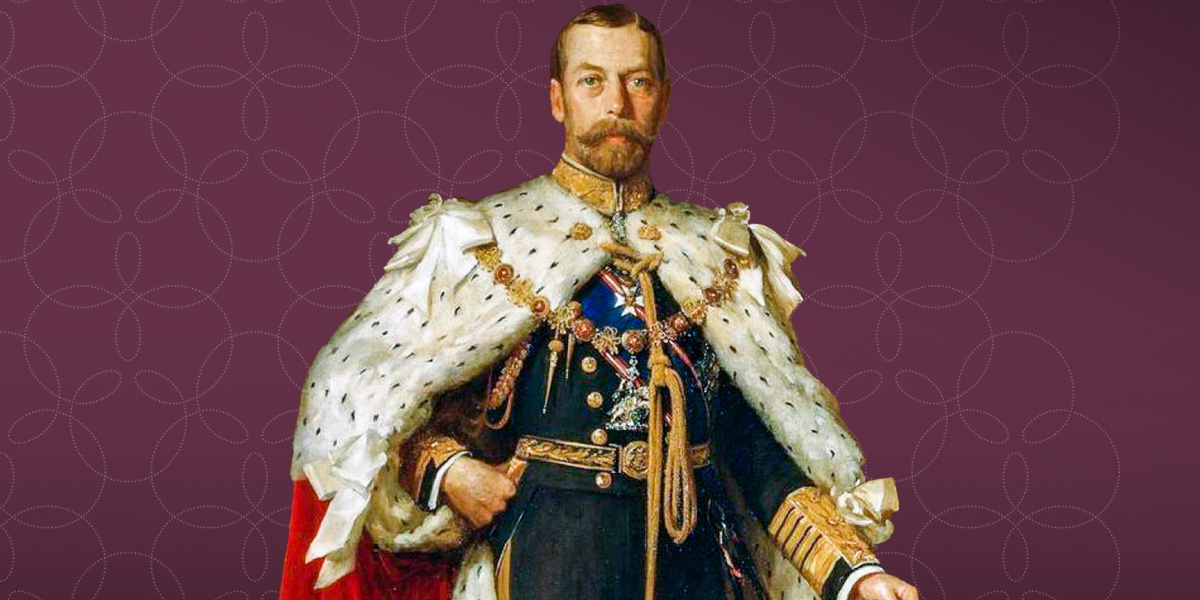
George V (r.1910–36)
Born Prince George Frederick Ernest Albert on 3 June 1865, George V was another prince who was never meant to be king. Although he was educated alongside his elder brother Prince Albert Victor, he was instead destined for a life in the navy. However, Albert Victor fell ill and died in 1892, making George heir to the throne.
George V’s reign was marked by several significant historical events, particularly the First World War and the interwar period. He secured the monarchy during a time when other rulers across Europe were being swept from their thrones and gained great popularity during the war, which led to George V becoming a symbol for the nation.
It was during this time that the decline of the British Empire became apparent as there were growing calls for self-determination amongst the UK’s territories. The king’s reign also covered a period of significant cultural and societal changes, including the emergence of modernist art and literature.
The Coinage of George V’s Reign
The coins released into circulation during George V’s reign followed the system of pounds, shillings and pence. During his reign, the king only had one official coinage portrait, which was designed by Australian sculptor and medallist Bertram Mackennal and includes the initials ‘BM’ below the king’s bust.
The reverse designs that appear on George V’s coins are typically heraldic in theme and feature the Royal Arms as well as other national symbols like Britannia.
One notable reverse design released during this time was Percy Metcalfe’s ‘rocking horse’ design created for the crown in honour of George V’s Silver Jubilee. Metcalfe’s unique art deco style reimagined the classic story of St George and the dragon and the saint’s face bearing a remarkable resemblance to the artist himself.
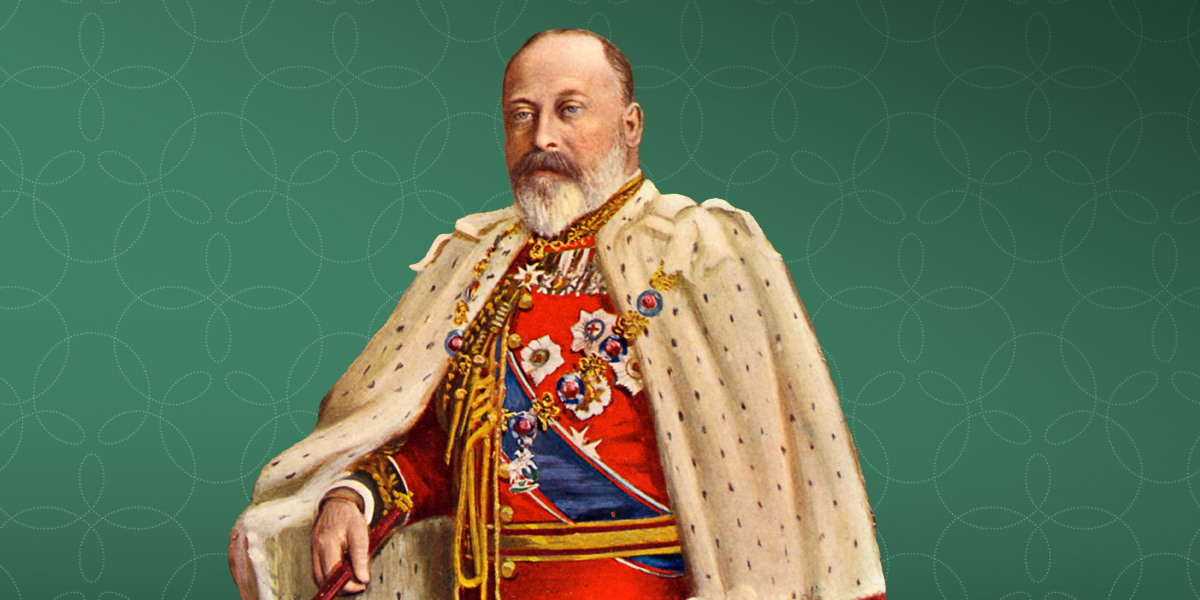
Edward VII (r.1901–10)
Born Prince Albert Edward on 9 November 1841, Edward VII was the eldest son of Queen Victoria and Prince Albert. Bertie, as he was known within the Royal Family, struggled with the high expectations that were placed upon him and often rebelled against his parents.
It is said that Queen Victoria wished for her son to rule under the regnal name of Albert I but when he acceded to the throne, he chose the regnal name Edward VII, stating that his father’s name ‘should stand alone’. Prior to his accession, Edward VII was the longest-serving heir apparent in British history but only reigned for around nine years.
The Edwardian era was a period of significant social, cultural and political change within the UK. The era witnessed the strengthening of political ties with other nations, with Edward VII becoming known as the ‘uncle of Europe’, as he was related to nearly every monarch on the continent. The era also saw a growing sense of optimism, prosperity and technological advancement in Britain.
The Coinage of Edward VII’s Reign
During his reign, Edward VII only had one official UK coinage portrait, which was designed by George William De Saulles and used the majority of the space on the obverse of the coin.
De Saulles’ portrait became known as the ‘bare head’ portrait but a crowned version of it also appears on coins struck for overseas. Edward VII granted De Saulles two sittings and the king personally approved the work, keeping the trial piece that was sent for his approval.
Pounds, shillings and pence were used for circulation throughout the Edwardian era and the reverse of the coins featured mostly heraldic designs.
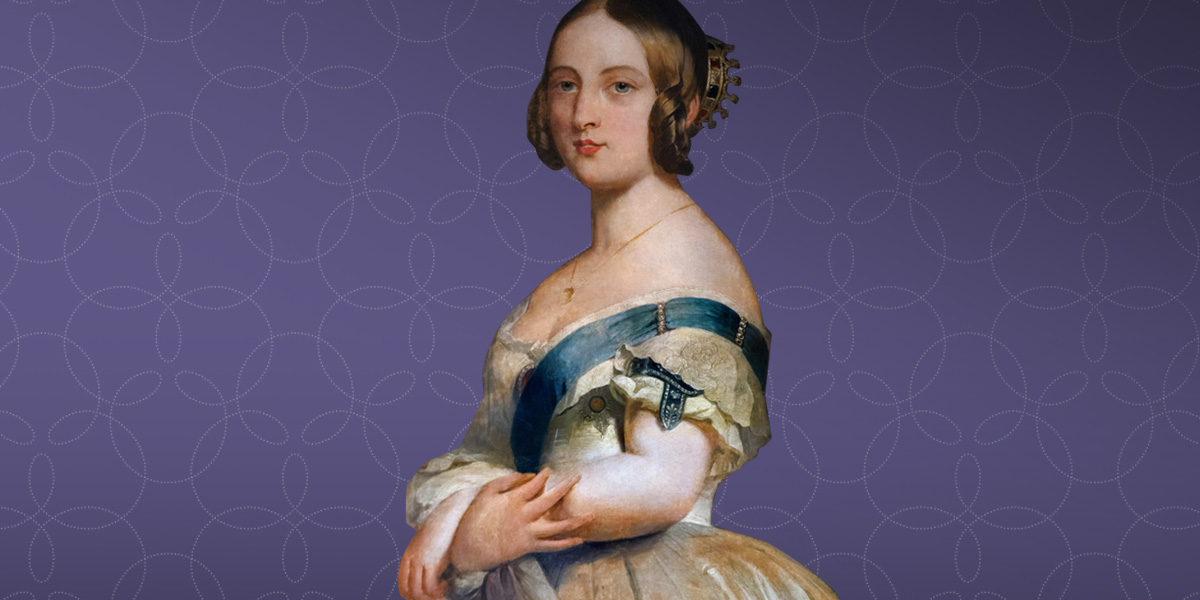
Queen Victoria (r.1837–1901)
As the niece and only living heir of William IV, Queen Victoria acceded to the throne in 1837 at just 18 years old. Upon her death, she was the longest-reigning monarch in British history and wasn’t superseded until the reign of her great-great-granddaughter Elizabeth II in 2015.
Queen Victoria had a passionate marriage to Prince Albert of Saxe-Coburg and Gotha. The royal couple went on to have nine children together, all of which survived to adulthood. Queen Victoria arranged marriages for her children to nobility across the globe and became known as the Grandmother of Europe as a result.
The Victorian era was a period of significant social, economic and technological changes that included industrialisation, urbanisation and the expansion of the British Empire.
The Coinage of Queen Victoria’s Reign
Queen Victoria became monarch at the tail end of a fascinating part of numismatic history, which saw the rivalry of Italian engraver Benedetto Pistrucci and William Wyon. In his role as Chief Medallist, Pistrucci was tasked with creating the portrait of Queen Victoria that appeared on her coronation medal, which drew some criticism from his contemporaries.
William Wyon was asked to design the first official coinage portrait of Queen Victoria, which she adored, and it remained on the coinage until late in her reign. Wyon also depicted the young queen on his Una and the Lion Five-Sovereign Piece, which shows the lion representing the British people.
During her reign, Queen Victoria had three official coinage portraits that appeared on the obverse of her coins. The Wyon portrait was replaced with the Joseph Edgar Boehm’s portrait 50 years later, but it drew criticism due to the placement of the crown on the queen’s head.
Boehm’s portrait was later replaced with Thomas Brock’s ‘Old Head’ design in 1893. Although there were three main portraits that appeared on coins throughout the reign of Queen Victoria, there were other portraits occasionally used, such as the ‘Bun Head’ portrait that is seen on some Victorian pennies.
In 1849, as an attempt at decimalisation, the modern florin was introduced into circulation; the coin was later be redenominated with the value of 10 pence during the reign of Elizabeth II.
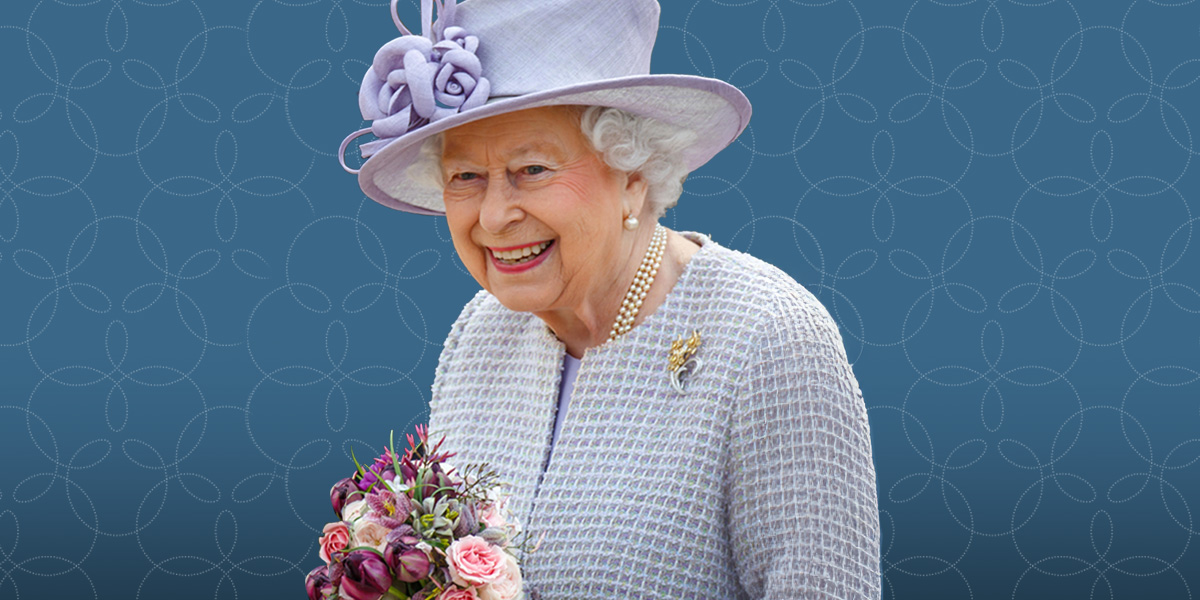
Queen Elizabeth II (r.1952–2022)
When Princess Elizabeth’s uncle Edward VIII abdicated the throne in 1936, the young Elizabeth Alexandra Mary became heir to the throne as her father became king under the regnal name of George VI.
Acceding to the throne in 1952 at the age of 25, Elizabeth II went on to become the longest-reigning monarch in British history and had reigned for more than 70 years when she passed away in September 2022. In 2021, the monarch’s husband Prince Philip sadly passed away after the couple had been married for more than 73 years, making Queen Elizabeth II’s the longest marriage of any British monarch.
During her reign, Elizabeth II carried out more than 21,000 engagements and was patron of over 600 organisations. She also made more than 90 state visits, visiting over 115 countries and visiting Commonwealth countries more than 200 times. Queen Elizabeth II was also monarch during the tenure of 15 prime ministers and met 14 US presidents.
This Elizabethan era was marked by significant historical events and societal changes. Her reign witnessed decolonisation, advancements in technology, a more interconnected global community and the evolution of the modern welfare state in the UK. Elizabeth II was a monarch who dedicated her life to the service of her people, adapting to the changing role of the monarchy in a modern world.
The Coinage of Queen Elizabeth II’s Reign
During her reign, Elizabeth II had two distinct sets of coinage: pre-decimal and decimal coins.
The UK’s pre-decimal coinage often featured heraldic symbols on the reverse and followed the system of pounds, shilling and pence. A reverse design featuring emblems of the UK appears on the crown produced by The Royal Mint for Elizabeth II’s coronation in 1953, and the same design was later struck on a 2022-dated memorial 50p coin produced in honour of her life and legacy.
Decimalisation was one of the largest changes ever made to British coinage. A new specialised site in Llantrisant saw the introduction of a new decimal coinage in 1971 along with the eventual demonetisation of classic denominations such as the sixpence, threepence and farthing.
The coins that were first introduced were the 10p, 5p, 2p 1p and decimal halfpenny. However, the halfpenny was removed from circulation a few years after decimalisation. The £2, £1, 50p and 20p coins followed in the latter years of the twentieth century.
